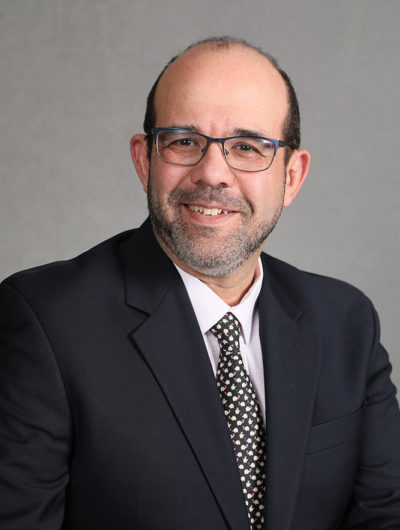It’s the Same…but Different
Twenty years ago, I was in the middle of my critical care fellowship year when we admitted a patient that was “found down.” The patient was comatose, and we really did not have a lot of information or leads to guide our therapy. The patient had been admitted to the surgical ICU on the presumption that he was a trauma patient, but after the initial work up found no injuries, we were left with a long list of possible diagnosis and extensive detective work in front of us.
Slowly, the pieces of the puzzle started to come together: some family members showed up, tests came back, and diagnostic procedures were undertaken. We also placed appropriate lines for infusions and monitoring. So, there we were, my attending and I, refreshing the computer every so often waiting to learn the mixed venous saturation or the lactic acid. We discussed whether we should consider ethylene glycol or other poisons and waited for the ultrasound tech to perform an evaluation of the carotids while the nurses other team members worked feverishly on him. The interesting thing about this case is that we continued rounding on the rest of the the ICU from inside this patient’s room, hidden from view of the rest of the unit.
After a while, I asked my attending why we were there. It would have been much easier to continue rounding in the nurse’s station, or in the desks available throughout the unit. He answered, “Miguel, neither you nor I have the slightest clue what’s wrong with this guy, but the fact that we’re present at the bedside, makes a significant difference for everyone. For the nurses, because they feel supported that we are here, as lost as everyone else. For the family, because if something bad were to happen they would like to know that the people who are trying to help him are next to him. And for us, because our duty is to be wherever we are needed most, and now this is here.”
Those teachings are clearly applicable to exactly one year ago, when the world was “found down” having been felled by a little-known virus seeding destruction and death at alarming proportions. And our specialty should be extremely proud to say, one year later, that we were present next to those who needed us, sometimes clueless, many times fearful, but with the fortitude to help not only those affected but the entire medical community who depended on colleagues like us to be at the forefront of efforts to tame and control an epic—hopefully once in a lifetime—pandemic.
This has been a difficult year, and while it has tested our resolve like no other, anesthesiologist intensivists have really stepped up to the challenge. As I talk with more and more of our members, it is obvious that each one of us had to make sacrifices to sustain our mission and support our patients’ wellbeing, and this endeavor has been nothing short of inspiring precisely because of how arduous it has been.
SOCCA continues to be present for our patients and for our constituency. We are more relevant than ever: over the last few months we have reached over 1000 members, and we will continue to devise new ways to keep fellows and young intensivists engaged with a multiplatform strategy that better suits today’s fast-paced learning environment and rapid deployment of resources.
And now, as winter gives way to spring, there is a renewed sense of beginning. In the global health arena, there seems to be light at the end of the tunnel in the form of many effective vaccines being deployed worldwide with significant success.
Ironically, the pandemic has forced us to be more creative and more responsive to the needs of the membership than ever. We have never had so many activities going on at so many levels as we do now. The enthusiasm of our constituency is at an all-time high as reflected in outstanding participation in our committees and initiatives.
Spring brings our flagship event, the SOCCA Annual Meeting, in partnership with the IARS, on May 14th. For 2021 it has been completely revised and reengineered. The education committee has worked very hard to put together not only an extraordinary program in terms of scientific divulgation but also keeping it fresh and allowing for networking and participation at all levels of training, and I hope to see most of you there.
So now more than ever, I invite you to participate at any level within our Society, to join our Annual Meeting, but perhaps more importantly, I will ask you to be present right there, at the bedside, helping those who need it the most. We have come a long way, and things are starting to look up. As I once learned, even when we are not sure if we are doing it right, being present is the best way to find out.




































